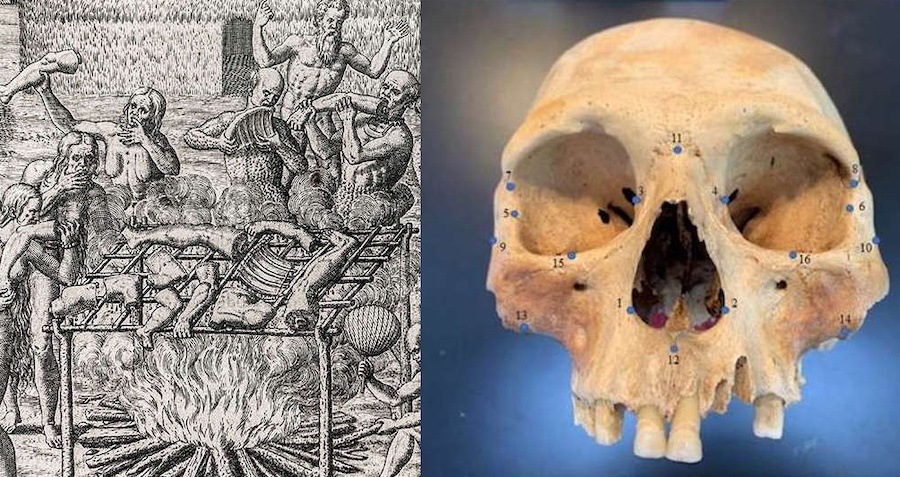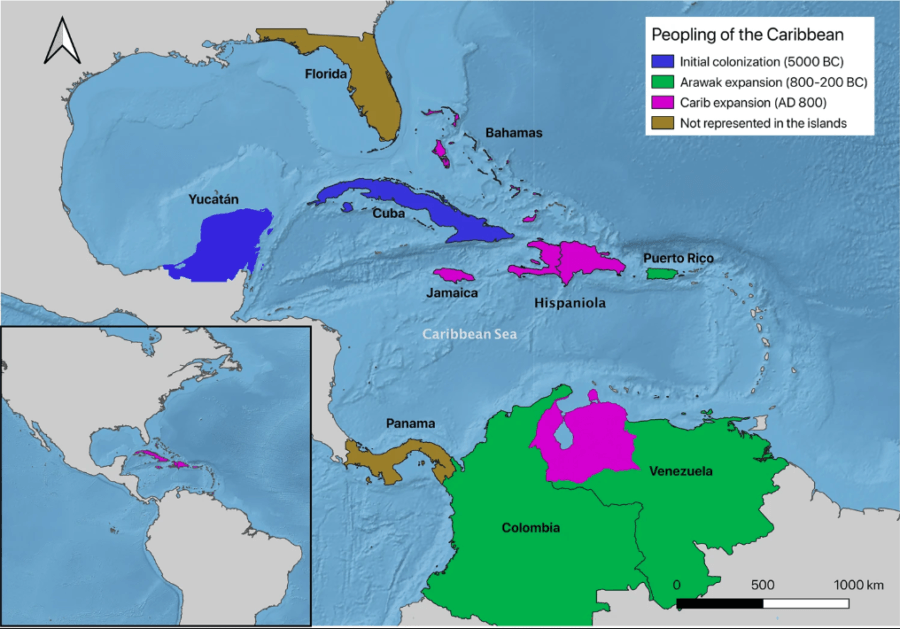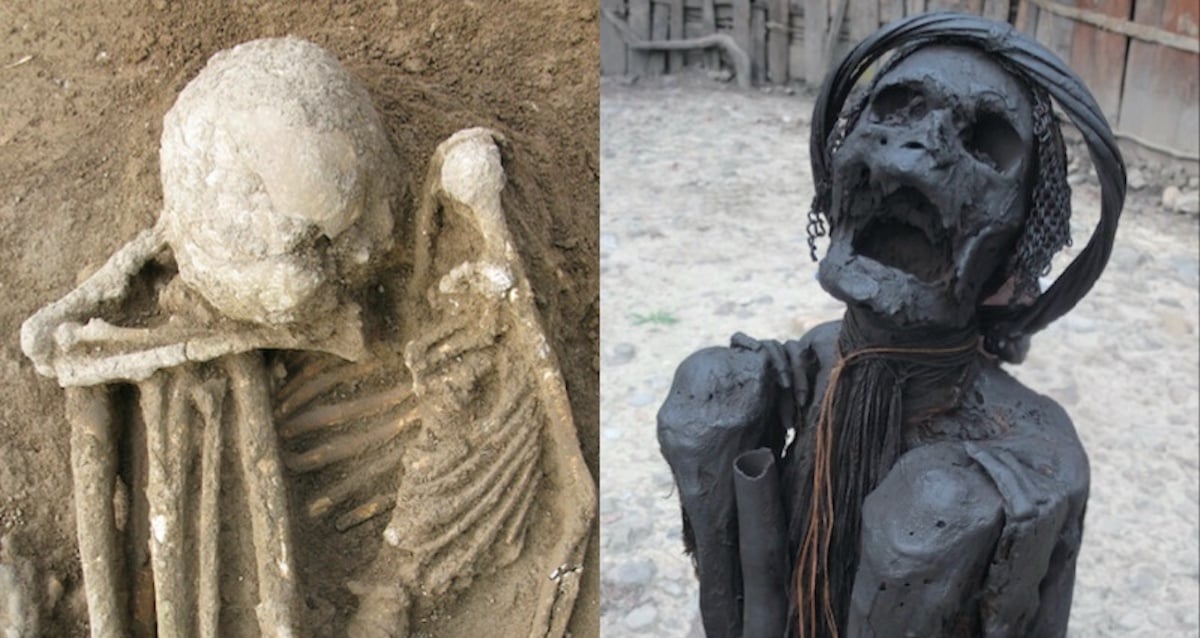“Unveiling the Truth: Did Columbus Really Encounter Cannibals, or Was It All a Historical Deception?”
“Maybe there was some cannibalism involved,” he said. “If you need to frighten your enemies, that’s a really good way to do it.”
Unfortunately, whether true or not, accounts in which Columbus described locals with “marks of wounds on their bodies” and other “people from other islands nearby” coming to “take them” led to even more violence and inhumanity — from the colonists.
“The crown said, ‘Well, if they’re going to behave that way, they can be enslaved,’” said Keegan. “All of a sudden, every native person in the entire Caribbean became a Carib as far as the colonists were concerned.”
Ultimately, while cannibalism may have been a small part of the regional warring taking place at the time, the subsequent colonization saw mass amounts of death arguably just as detestable. On the other hand, studies like this may suggest how the disparate Caribbean populations operated — and how colonists, subsequently, punished them for it.
After learning about the new study lending credence to claims by Christopher Columbus that there were actual Caribbean cannibals, read about Leif Erikson, the Viking who probably beat Columbus to the Americas by 500 years. Next, go inside Stalin’s “Cannibal Island.”














